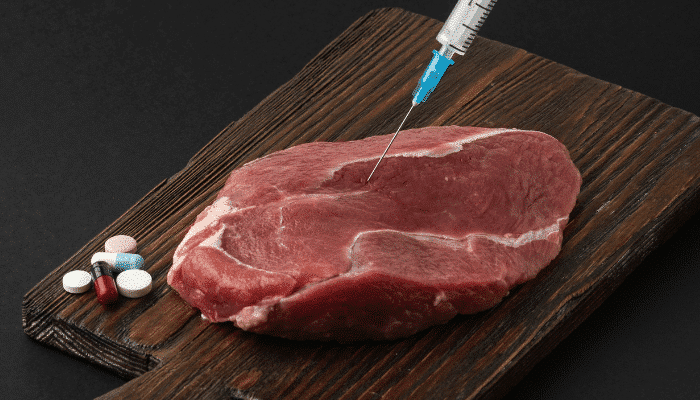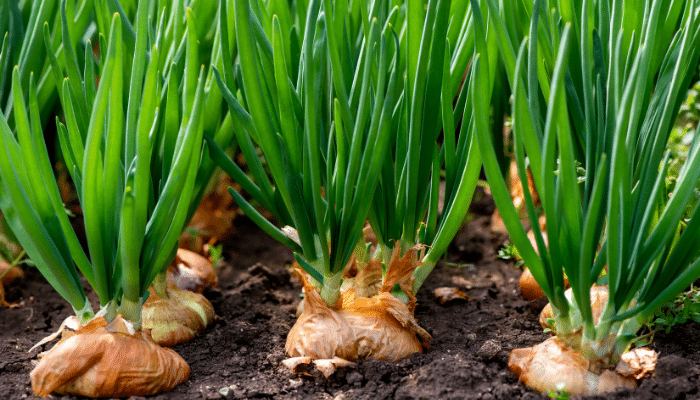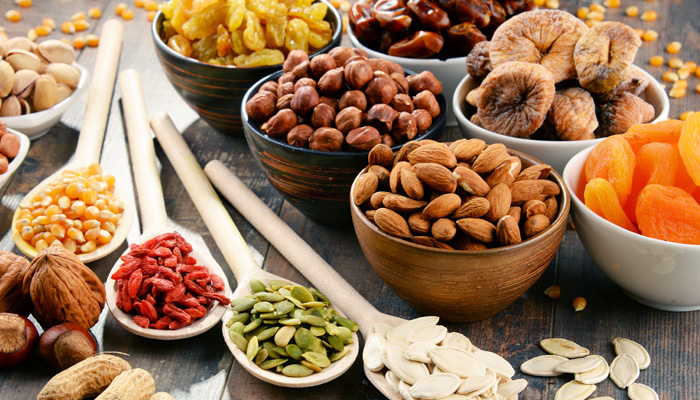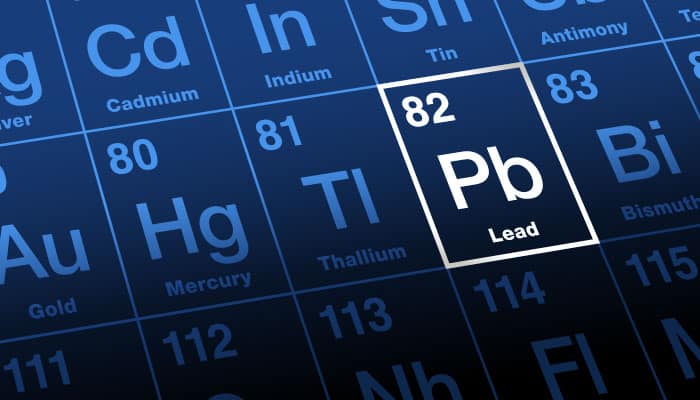
Article réservé aux abonnés


EFSA has published its report on the results of the 2022 monitoring of residues of veterinary medicinal products and unauthorised substances in live animals and animal products.
A total of 600,320 samples were checked by the Member States, Iceland and Norway. The non-compliance rate for 2022 was 0.18%, a result comparable with the last 13 years. In 2021, the non-compliance rate was 0.17%.
The presence of unauthorised substances and veterinary drug residues in food is a risk factor for public health.
Three main European texts govern the rules applicable to veterinary residues and prohibited substances:
- Regulation (EU) N°37/2010 sets maximum limits for residues of veterinary medicinal products in food-producing animals and products of animal origin.
- Regulation 396/2005 sets maximum residue limits for pesticides in food and feed of plant and animal origin.
- Directive 96/23/EC lays down measures for the monitoring of certain substances and residues thereof, mainly veterinary medicinal products, in live animals and animal products.
The following products will be analysed in 2022: cattle, pigs, sheep and goats, horses, poultry, rabbits, farmed game, game, aquaculture, milk, eggs and honey.
For Group A :
- No non-compliant samples were reported for stilbenes and their derivatives (A1)
- For antithyroid agents (A2), 0.2% of samples were non-compliant for thiouracil and 2-methylthiouracil.
- In the steroid group (A3), 0.31% of samples were judged to be non-compliant. Non-compliances were found in cattle (0.28%), pigs (0.22%), poultry (0.40%) and sheep and goats (2.32%).
- In the group of resorcylic acid lactones (A4), 0.09% of samples were non-compliant. Non-compliant




